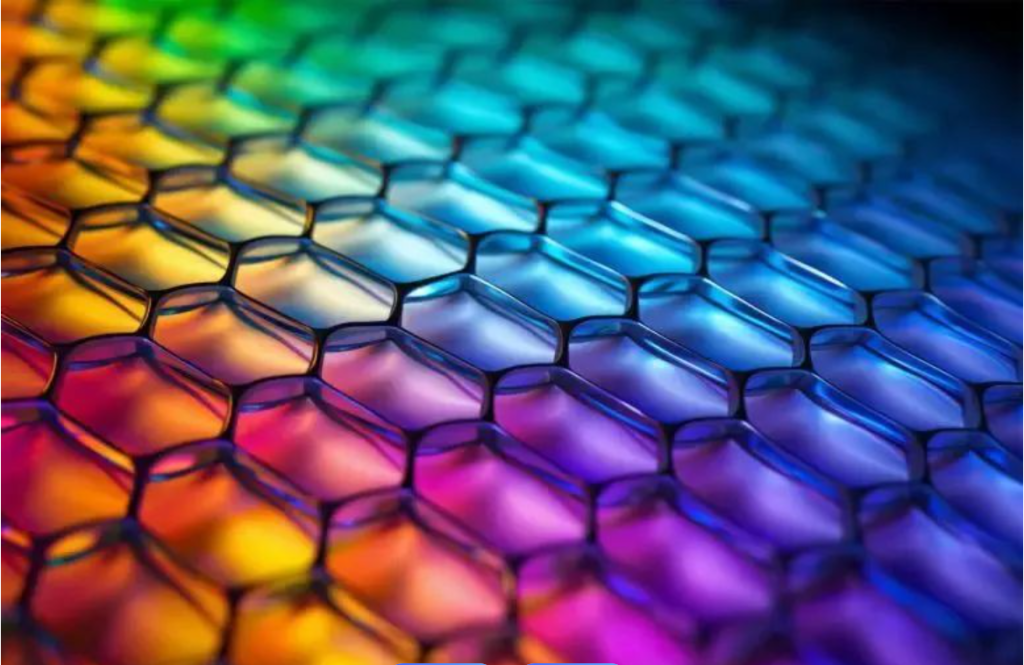Graphene Coatings: Typical Application Scenarios
Graphene coatings have emerged as a transformative technology across multiple industries due to their exceptional properties such as corrosion resistance, thermal conductivity, and mechanical strength. Below are detailed explanations of graphene coatings in various application scenarios.

1. Marine Industry: Ships and Offshore Platforms
Challenges:
Marine environments are harsh, with constant exposure to saltwater, humidity, and fluctuating temperatures, leading to corrosion and biofouling.
Graphene Solutions:
Graphene-based coatings form an impermeable barrier to water, oxygen, and ions, protecting the surface from rust and corrosion. Additionally, graphene’s mechanical strength enhances wear resistance, while its antibacterial properties help prevent biofouling.
Applications:
- Ship Hulls: Graphene coatings reduce drag caused by biofouling, improving fuel efficiency and reducing maintenance costs.
- Offshore Platforms: These structures benefit from long-lasting corrosion protection, minimizing downtime and repair expenses.
Example:
Graphene-enhanced anti-corrosion coatings have been successfully applied to oil rigs in the North Sea, where extreme environmental conditions demand top-tier performance.
2. Oil and Gas Industry: Pipelines
Challenges:
Pipelines face internal and external corrosion due to the transportation of chemicals, gases, and crude oil, as well as environmental exposure.
Graphene Solutions:
Graphene coatings provide a dual layer of protection:
- Preventing chemical penetration and abrasion internally.
- Shielding against external corrosion and mechanical damage.
Applications:
- Oil Pipelines: Coated pipelines exhibit longer service lives and reduced maintenance costs.
- Gas Transport Systems: Graphene ensures the integrity of high-pressure systems.
Example:
Graphene coatings have been applied in natural gas pipelines in Southeast Asia, where they outperform traditional epoxy coatings in resisting high humidity and temperature variations.
3. Infrastructure: Bridges
Challenges:
Bridges are exposed to a combination of factors such as moisture, salt, and pollutants, which lead to structural deterioration over time.
Graphene Solutions:
Graphene-based coatings provide long-term protection by:
- Creating a corrosion-resistant barrier for steel reinforcements.
- Enhancing UV resistance to prevent coating degradation.
Applications:
- Steel Bridges: Protective coatings reduce rust formation.
- Concrete Bridges: Graphene coatings enhance water repellency and structural integrity.
Example:
In Europe, graphene coatings have been applied to bridge reinforcements, extending the maintenance interval from 10 to 20 years.
4. Automotive Industry
Challenges:
Vehicles are subjected to scratches, corrosion, and UV exposure, which can degrade their appearance and performance over time.
Graphene Solutions:
Graphene coatings improve surface durability and provide:
- Superior scratch resistance for exterior paint.
- Enhanced thermal management for batteries and engine components.
- UV protection to prevent paint fading.
Applications:
- Exteriors: Protective graphene coatings preserve vehicle aesthetics and resale value.
- EV Batteries: Thermal conductive coatings enhance battery performance.
Example:
Luxury car manufacturers in Germany have adopted graphene-based coatings to improve scratch resistance and fuel efficiency through reduced drag.
5. Aerospace Industry
Challenges:
Aircraft components face extreme environmental conditions, including temperature fluctuations, UV radiation, and high-speed air abrasion.
Graphene Solutions:
Graphene coatings enhance aerospace materials by:
- Protecting against UV degradation and erosion.
- Providing thermal management for electronic components.
- Reducing weight without compromising durability.
Applications:
- Aircraft Fuselages: Coatings prevent surface wear and tear during flight.
- Jet Engines: Thermal coatings manage extreme heat generated during operation.
Example:
NASA has explored graphene coatings for spacecraft to shield against space radiation and thermal damage.
6. Construction and Buildings
Challenges:
Buildings require coatings that can withstand weathering, moisture, and pollutants to maintain structural integrity and aesthetics.
Graphene Solutions:
Graphene coatings offer:
- Long-lasting waterproofing for concrete and metal structures.
- UV protection for exterior paints.
- Anti-fungal and anti-bacterial properties for indoor applications.
Applications:
- Roofing Materials: Enhanced durability and heat reflection reduce energy consumption.
- Concrete Walls: Improved resistance to cracking and water seepage.
Example:
High-rise buildings in humid regions like Southeast Asia use graphene coatings for water resistance and mold prevention.
7. Renewable Energy Sector
Challenges:
Solar panels and wind turbines are exposed to harsh outdoor conditions that can degrade their performance.
Graphene Solutions:
Graphene coatings improve durability and efficiency by:
- Protecting solar panels from UV radiation and moisture.
- Reducing friction and wear in wind turbine blades.
Applications:
- Solar Panels: Anti-reflective graphene coatings enhance light absorption.
- Wind Turbines: Protective coatings reduce maintenance needs.
Example:
In India, graphene coatings have been applied to solar farms, resulting in a 5% increase in energy output.
8. Consumer Electronics
Challenges:
Electronics require protective coatings to manage heat and shield delicate components from moisture and wear.
Graphene Solutions:
Graphene coatings provide:
- Superior thermal management for device cooling.
- Anti-scratch and anti-smudge surfaces for screens.
Applications:
- Smartphones: Scratch-resistant coatings for screens and casings.
- LED Displays: Thermal conductive coatings prevent overheating.
Example:
Graphene coatings are widely used in next-generation smartphones for improved durability and performance.
Conclusion
Graphene coatings have demonstrated significant advantages in a variety of industries, from marine and automotive to aerospace and construction. By enhancing corrosion resistance, mechanical strength, thermal conductivity, and UV protection, graphene is reshaping how coatings are used to protect and extend the life of critical infrastructure and devices. With ongoing advancements in graphene technology, the range of applications and benefits is expected to grow, making graphene a cornerstone of future coatings.

